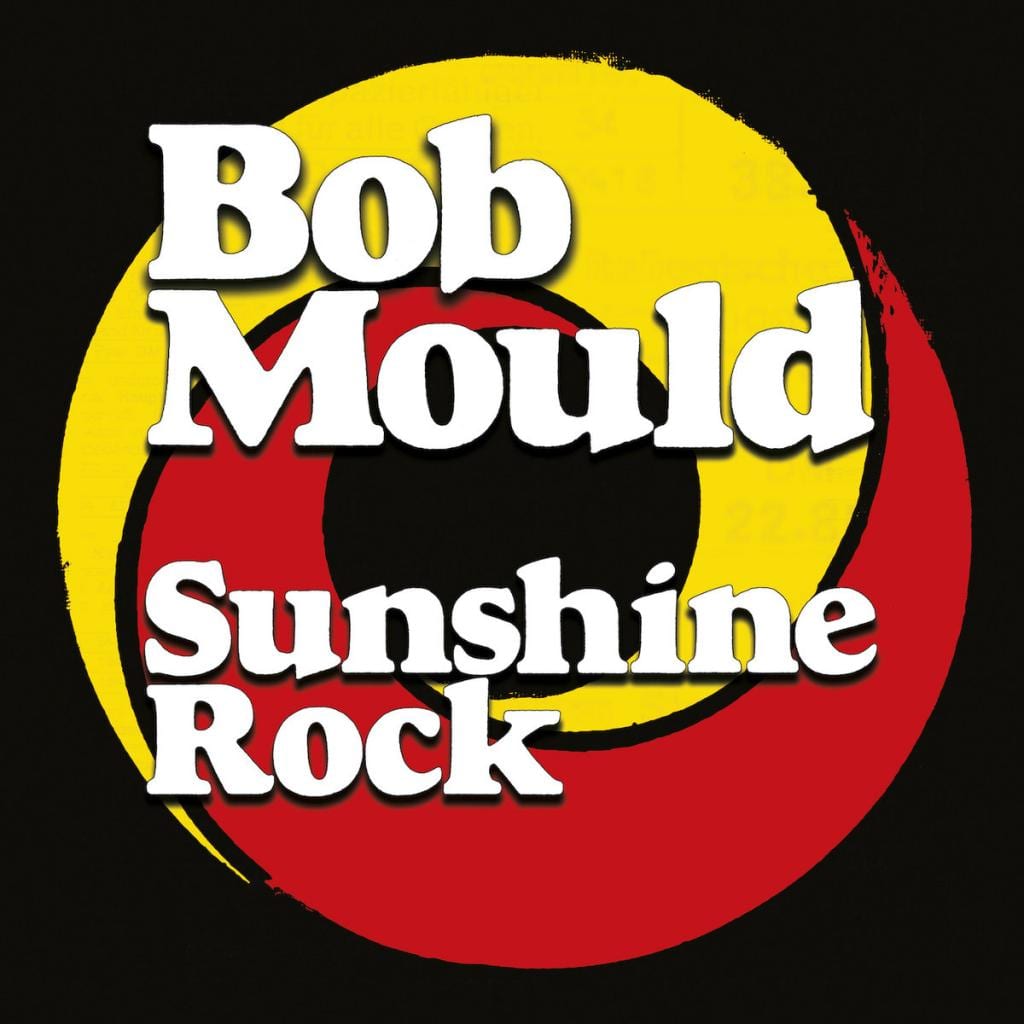Bob Mould and the Legacies of Alt-Rock

Hüsker Dü’s adrenalized and lo-fi Zen Arcade (1984) and slightly more polished and produced New Day Rising (1985) are milestones in the punk, post-punk, and pop-hardcore domains, contributing to the crystallization of grunge and post-grunge. Following the breakup of Hüsker Dü, Bob Mould joined with David Barbe and Malcolm Travis to form Sugar, whose debut, Copper Blue, was released in 1992, a blend of punk sensibilities, agreeable sonics, and ostensible hooks. Copper Blue continues to be engaging, primarily as a “bridge album” that stylistically straddles the abovementioned genres and subgenres and what came to be broadly regarded as alternative rock.
Throughout his solo career, Mould has blended traditional songwriting elements (melody, hooks, etc.) with occasionally euphonic but mostly noisy soundscapes, frequently adopting templates that seem more classic than proto-alternative. Mid-career albums such as District Line (2008) and Life and Times (2009) often ring as generic. 2012’s Silver Age and 2014’s Beauty & Ruin showed Mould making an auspicious return to a heavier, punkier style replete with distorted guitars, riffs, mixed-down vocals, and the occasionally anthemic chorus (for example, “I Don’t Know You Anymore” from Beauty & Ruin). With these latter projects, Mould reinterpreted approaches used during his Hüsker Dü days, concurrently taking advantage of hi-fi recording and production techniques.
Mould’s latest release, Sunshine Rock, builds on the classic-meets-alternative approaches used on 2016’s Patch the Sky, more akin to the ’08 and ’09 albums than the ’12 and ’14 releases. The opening/title cut is a mix of smooth and serrated tones, and pop and punk attitude, layered strings adding an orchestral effect. “What Do You Want Me to Do” offers a hummable melody, Mould’s voice rising from a welter of riff-and-strum guitars. Mould’s solo on “Thirty Dozen Roses” is succinct, potent, and dive-worthy. “The Final Years” opens with a spacey passage that would be at home on classic-rock radio, Mould’s voice intermittently reminiscent of Richard Thompson and David Bowie. The song adds tonal variation to the set. Atmospherics and synth-y sounds give the listener a break from the repetitiveness of garage-y, albeit well-produced and well-mixed, performances. “Lost Faith” is a cacophonous but melodic anthem, Mould expressing himself diaristically: “Every day I ask myself / how and when does sadness end?”; banally: “don’t let your hopes and dreams disappear.”; and philosophically: “I can see right through myself / no one there, no one there.” The album closes with “Western Sunset,” featuring a notable interplay between lead and backup vocals as well as the most melodic chorus and exhilarating hook on the album, strings used minimally but strategically to add texture and facilitate musical transitions.
While Sunshine Rock includes its inspired moments, it more consistently illustrates the limitations of Mould’s palette. Alternative rock was at its best when its punk origins were accentuated (Sonic Youth, Pixies, Nirvana); as the subgenre/genre became more mainstreamed, however, courtesy of Foo Fighters and Green Day, among others, bubblegum-ish songwriting combined with ’80s-style production approaches often resulted in a diluted and enfeebled sound. Mould seems to be in the position of responding to artists who, at least early in their careers, were responding to him. He may well be boxed in by the box that he helped to create, navigating the formulae of a popularized category founded, in part, on his early and galvanic aesthetics. That said, his efforts to find fresh plateaus, forge hybridizations, and upgrade an essentially unmodish style are worth tracking. While he struggles to transcend the parameters of mainstreamed alternative rock — parameters that haven’t necessarily aged well — he remains articulate, confident, and prolific. And, I might add, he seems to be enjoying himself.




